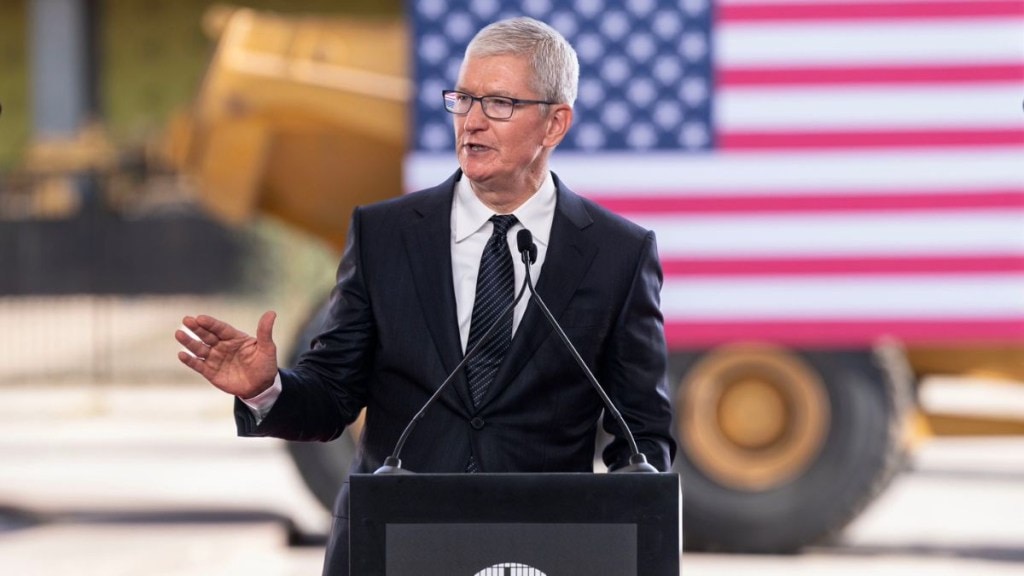By Ramita Rajaa
After three days of unveiling new design and smarter touchpoints, Apple used Day 4 of WWDC 2025 to introduce what might be its most marketer-relevant shift yet: a world where your brand becomes a native part of how consumers think, act, and move—without ever needing to open your app or website.
This evolution was clearest in Apple’s launch of Interactive Snippets: compact UI cards embedded into Siri, Spotlight, and Shortcuts. These let customers take immediate, branded actions (like reordering a product, checking a loyalty balance, or applying a discount code) directly from a voice command or search bar.
In a market like India, where mobile clutter and notification fatigue are real challenges, this kind of native utility is invaluable. Rather than competing for app opens, marketers can now bring high-intent actions directly to the customer’s preferred surface. It’s the ultimate friction-killer.
Also noteworthy is Apple’s new UX Writing Framework. Though subtle, it signals a long-overdue rethinking of how brands communicate. Apple recommends cutting filler, reducing redundancy, and always leading with the benefit. When applied to marketing touchpoints like onboarding screens, push notifications, loyalty CTAs, this clarity can drive measurable lifts in engagement.
Nowhere is the first impression more critical than the home screen, and Apple’s new Liquid Glass icon design makes that moment count. These redesigned app icons include light-reactive depth and layered glow and are optimized for iPhone, iPad, Mac, and Watch. For fintech, luxury, and productivity brands trying to convey sophistication from the first glance, this is a subtle but powerful boost.
Even better, Apple now allows custom previews for long-press interactions. This gives marketers the ability to surface real-time offers, recent actions, or recommendations when a customer holds down your app icon. Combine this with MoEngage’s smart segmentation, and your icon becomes a contextual entry point, not just a static badge.
Apple’s newly launched Games app is a discovery engine where leaderboards, achievements, and event participation drive visibility. Marketers promoting branded mini-games, challenges, or loyalty-linked gamification can tap into this to build social momentum and retention.
The Games app integrates friend activity, deep links to game actions, and real-time event visibility. It’s a natural fit for brands launching playable content—either as standalone apps or gamified brand experiences within existing platforms.
Meanwhile, watchOS 26 continues to evolve as a lightweight but high-impact channel. Apple’s RelevanceKit ensures that widgets appear on the wrist only when contextually appropriate, such as hydration nudges after a workout, or a store coupon when near a retail location. With these widgets, marketers can now treat the Watch like a real-time surface for sales, loyalty, or time-bound reminders.
Notably, visionOS also now offers persistent widgets. These ambient, 3D elements live on walls, desks, or shelves in a customer’s home using Apple Vision Pro. A travel brand can set a weather and countdown widget on a customer’s desk; a wellness brand can place a visible movement tracker in a home gym.
Marketers can use behavior-based triggers to prompt customers to install these widgets at the moment of booking, goal-setting, or unboxing. It’s spatial marketing designed for long-term emotional presence.
Across Day 4, Apple shifted the marketing paradigm from interruptive to integrated. Whether it’s reducing funnel drop-offs with Snippets, increasing brand polish with better iconography, or creating persistent presence through visionOS and Watch, the goal is the same: show up where value is needed, then get out of the way.
Marketers building for Indian customers should see this as a blueprint for thoughtful scale: sharper funnels, smarter surfaces, and messages that don’t need to shout. Because when the UX gets out of the way, the brand gets remembered.
This exclusive analysis is brought to you by MoEngage, a customer engagement platform built for marketers. Stay tuned for final insights from WWDC 2025 as we decode all the tech jargon into actionable insights for marketers. (The author is Senior Manager: Product GTM, Brand, and Content, MoEngage)
